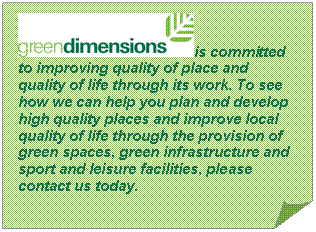
Important Notice for Existing and Potential Clients: As from 4th March 2013, Phil Lomax, Director and Principal Consultant of Green Dimensions is moving to take up a position as Principal Ecologist at Thomson Ecology. |
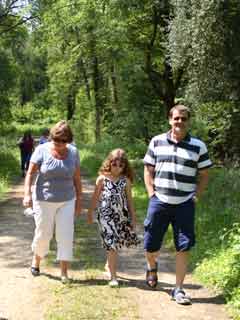 |
 |
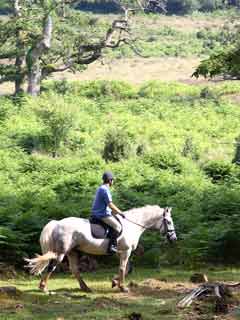 |
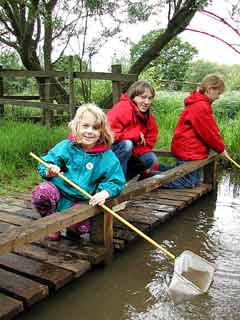 |
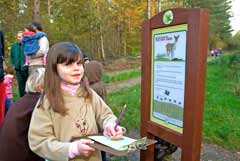 |
 |
|
News and Information Green Infrastructure and Sport and Recreation Provision are Key to Improving 'Quality of place' and 'Quality of Life',
says New Government Strategy. The summary states that: “The way places and buildings are planned, designed and looked after matters to all of us in countless ways. The built environment can be a source of everyday joy or everyday misery. The Government is committed to improving the places where we live, whether they be villages or large cities. This strategy lays out why and how quality of place matters and the practical steps the Government will be taking to build on the achievements of recent years and do more to create prosperous, attractive, distinctive, inclusive and sustainable world class places. It is important reading for all those involved in designing and developing our built environment”. The new strategy emphasises the strong correlations between good ‘quality of place’ and high ‘quality of life’: “The places where people live have a profound effect on their quality of life and life chances. Places exercise this effect in a range of ways – through, for instance, crime levels, pollution levels, employment opportunities, social ties and opportunities for community engagement, and the range and quality of local services, transport links and green space. Quality of place can then be understood as that subset of factors that affect people’s quality of life and life chances through the way the environment is planned, designed, developed and maintained”. The strategy identifies 11 key “quality of place factors” that are important for a “good quality of life”. These include:
Green space and green infrastructure are highlighted as of fundamental importance to quality of place and quality of life: “Parks and green open spaces are both a highly valued and highly used feature of the built environment. Three out of four people visit a public green space at least once a month – more than a quarter do so at least three times a week. And a nearby local park can enhance the value of a property by at least 5-7%. Safe and attractive parks, with good play and sports facilities and quiet areas, are particularly important to families with children, older people and those without gardens. Time spent in contact with nature has been shown to help mental well-being, with people reporting feeling much happier after a walk in a park, than they do after a shopping trip. Parks also help foster community life and local involvement – through friends groups, community activities and volunteering. High quality places are not just marked out by safe, attractive and well managed parks and green play spaces. They will also have ample ‘green infrastructure’ – the ‘nature’ between, around, and on buildings, streets and squares, including trees, waterways, ponds and lakes, paths, gardens, and green roofs and terraces. The last few years have seen a growing appreciation of the value of green infrastructure and the need to do more to protect and increase it. It has a vital role to play in combating climate change and tackling its effects in the form of higher temperatures and increased risk of flooding. It also adds greatly to people’s enjoyment of a place and the way they behave and interact in it”. The design and layout of new developments and the provision of open spaces and sport and leisure facilities are vital to healthier communities. By creating a safe and active environment, more active healthy lifestyles will be fostered: “Just as there are strong links between design and crime, so there are between design and well-being. Many health challenges – like reducing obesity, diabetes, heart disease and depression – can be, in part, addressed through promoting more active life-styles, including walking, cycling and jogging. Spending time outdoors has been shown to be good for mental and physical health. Finally strong social ties are closely linked with good health and well-being. Design in turn can help on all these fronts, through creating environments that encourage people to exercise and to spend time outside and by facilitating interaction and encouraging the development of social ties and community cohesion”. Click here to access the full strategy.
|
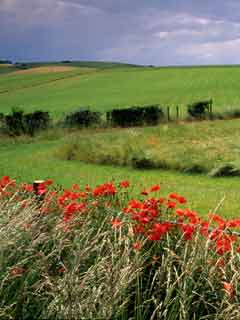 |
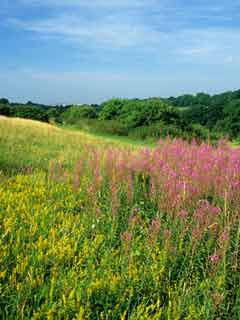 |
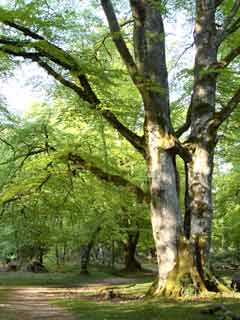 |
 |
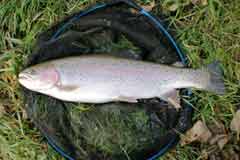 |
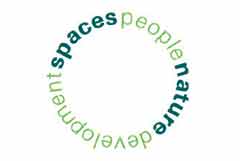 |

Web Site Development and Wildlife Photography by Andrew Walmsley |
Copyright © 2008 Phil Lomax and Andrew Walmsley All rights reserved Copyright notice Terms and conditions |
